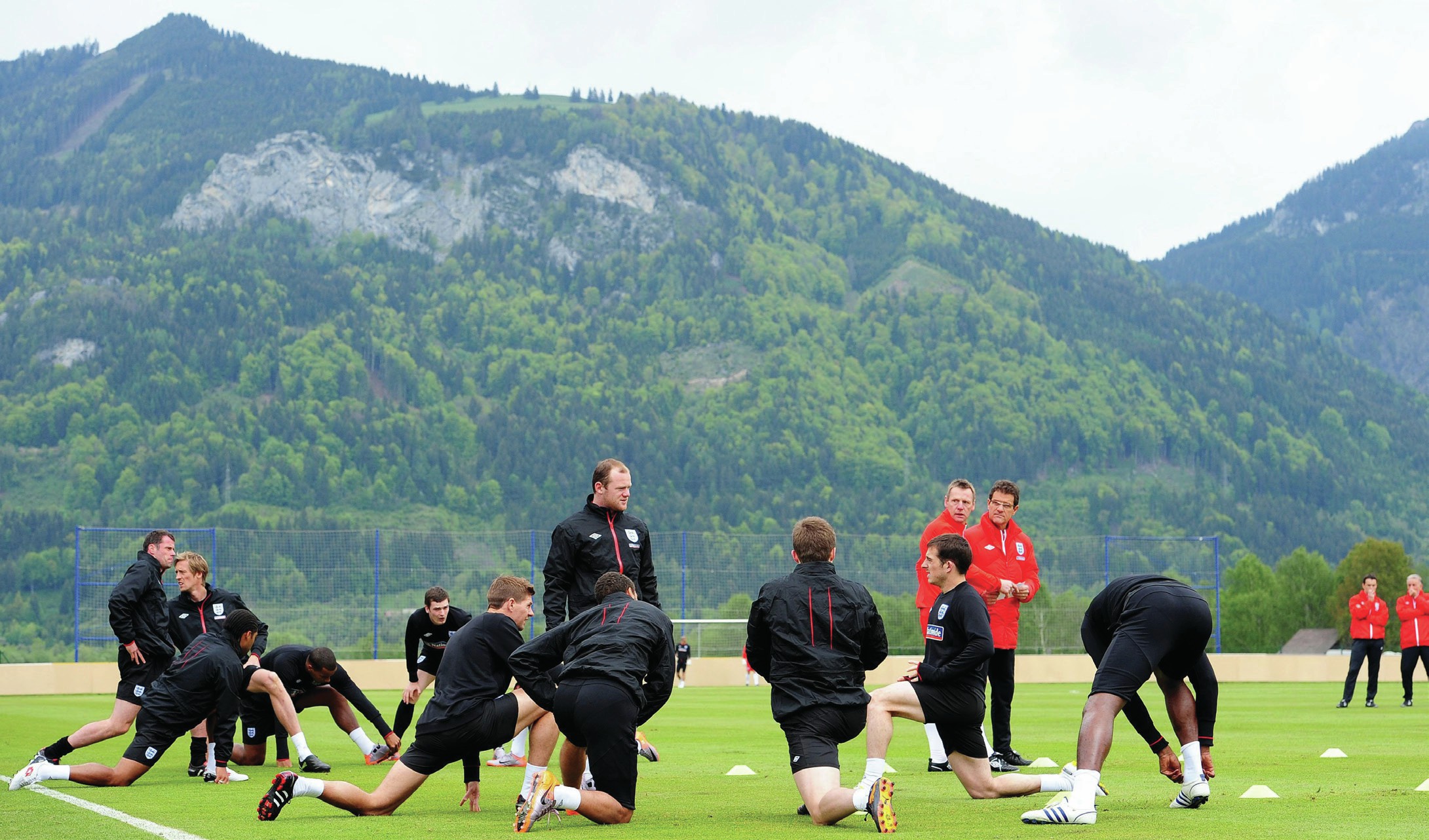
At sea level and at altitude the percentage of oxygen in the air remains the same. However, as altitude increases the partial pressure of oxygen drops, usually by up to 50% at an altitude of 5,000 m. As a result, there is a reduction in the diffusion gradient between the air and the lungs and between the alveoli and the blood. This in turn means that haemoglobin is not fully saturated, which means that the blood has a lower oxygen-carrying capacity. As less oxygen is delivered to working muscles there is an earlier onset of fatigue. The overall result is a decrease in performance (of aerobic activities).
However, elite endurance athletes choose to train at altitude (preferably at more than 2,500 m above sea level) for several weeks. Doing so offers several benefits to performance — although there are disadvantages too (see Boxes 1 and 2). Altitude training is also a way of acclimatising players to the lower level of oxygen available in the atmosphere. The England football squad flew to Austria on 17 May 2010 to start training at two altitude camps before it headed to South Africa for the World Cup, even though two of the opening three Group C matches were to be played at sea level.
Your organisation does not have access to this article.
Sign up today to give your students the edge they need to achieve their best grades with subject expertise
Subscribe




